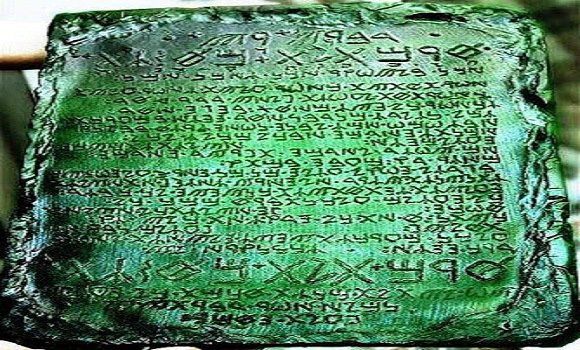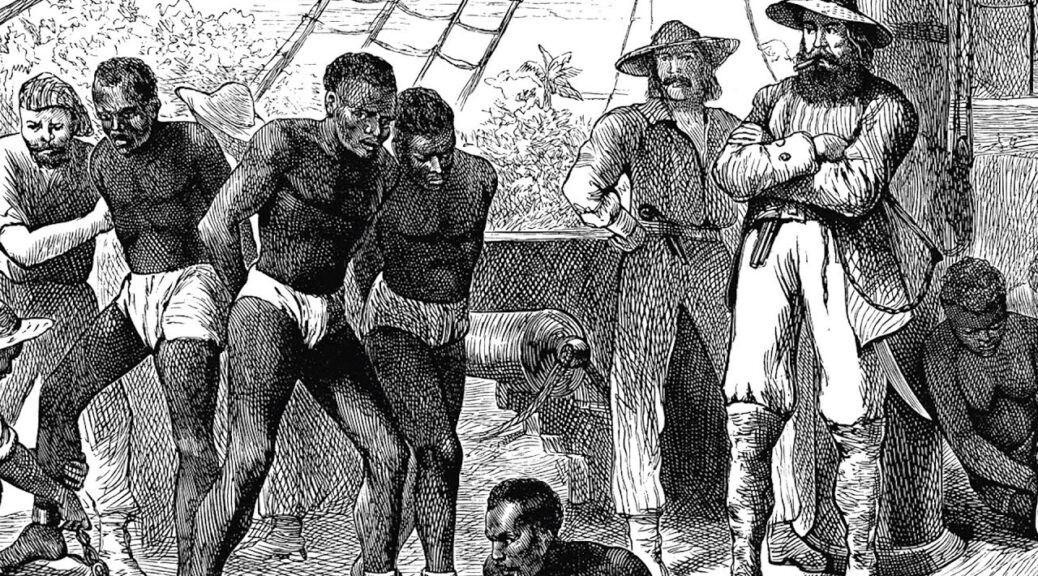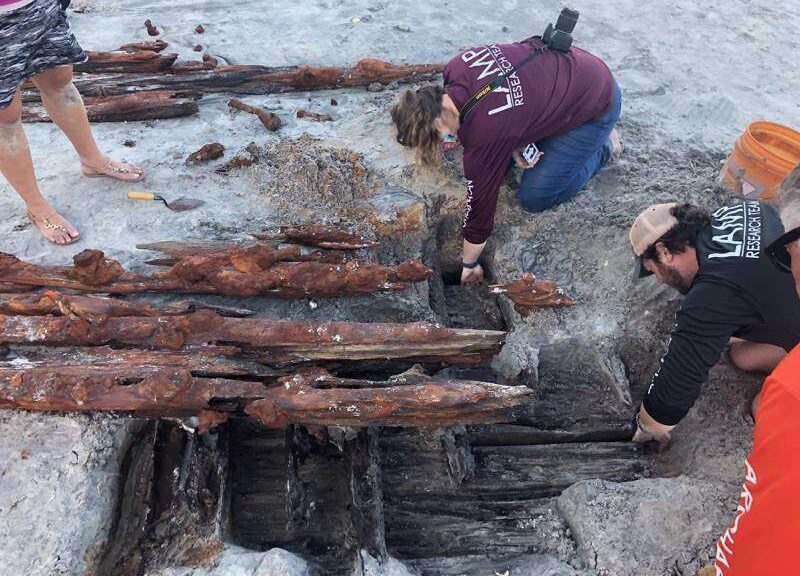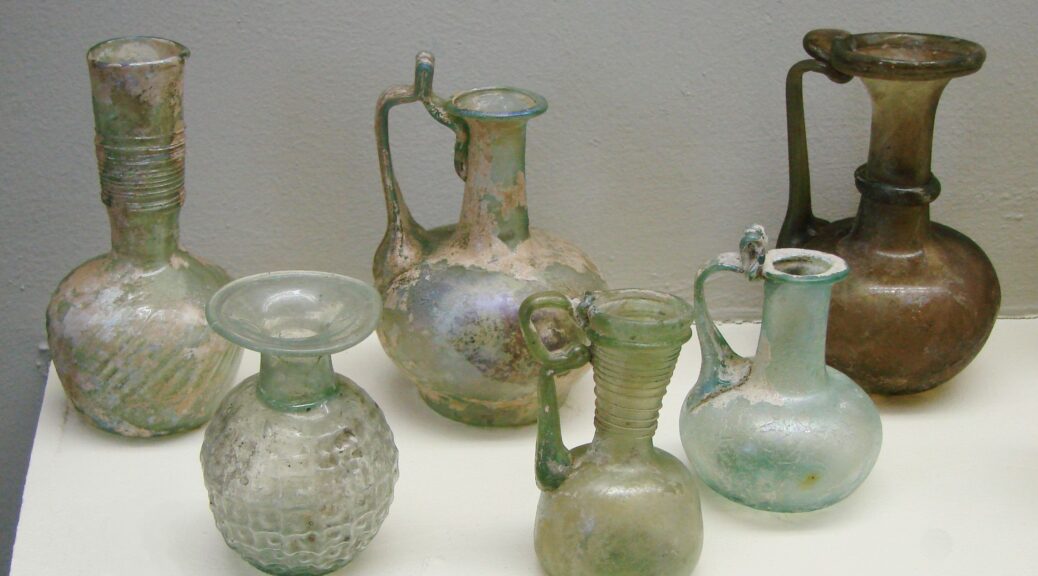Jesus Painting Recently Discovered is a real Leonardo da Vinci drawing, Expert Says
Italian scholars credit a recently found drawing of Jesus Christ to Leonardo da Vinci. Biblical figure’s red chalk drawing has been locked in a private collection for decades.
Art historians may have come upon the art world’s Holy Grail after discovering a new master’s work, by the Renaissance master, reports The Telegraph
Da Vinci, who died in 1519, is one of the world’s most influential artists, behind such works as the Mona Lisa and the painting of the Last Supper.

The newly discovered drawing depicts a calm Christ with a Mona Lisa-Esque gaze and bears a striking resemblance to other works by Leonardo.
It is now set to undergo rigorous scrutiny as the art world attempts to authenticate whether it is the real deal. The sketch had been hidden in a private collection locked away in a bank in Lombardy.
Lab tests have already found the paper dates back to the early 16th century and it bears a striking resemblance to other works by Leonardo.
Annalisa Di Maria, an Italian art historian who has studied the picture, said the pose, perspective, and style all appear to be that of the master.
She said: “It has that dynamism and sense of movement that is typical of Leonardo.
“The rendering of the beard is practically identical to Leonardo’s self-portraits, as are the eyes.
“And the painting is in red chalk, which the artist used a lot, including in the sketches for The Last Supper.”
Experts are due to present a 60-page study of the artwork at a press conference in Florence once Italy comes through its second wave of the coronavirus.
Ms. Di Maria added: “It is a remarkably beautiful and refined work and I’m absolutely convinced it is a sketch by Leonardo.”
The sketch is currently in the hands of a pair of collectors in the town of Lecco, northern Italy.
It is not clear where the artwork had been hiding over the centuries after it was discovered in the vault of the bank. Martin Kemp, a professor in the history of art at Oxford University, was cautious about the Italians’ attribution.
He has often had to bat away claims about Leonardo due to the intense popularity of Dan Brown’s book and movie The Da Vinci Code. The story claims the hidden secrets of Christianity – such as Jesus’s descendants and the Holy Grail – can be deciphered from Da Vinci’s work.
Mr. Kemp told The Telegraph: “I wouldn’t dismiss it out of hand but I simply can’t tell without seeing the drawing and the scientific evidence.
“I would need to see if it is drawn left-handed. Leonardo drew everything with his left hand.”
The dating of the paper needs to be independently verified. He also suggested it’s possible the sketch could have been produced by a pupil of Leonardo.
Prof Kemp said: “There is quite a crop of paintings of Christ and Salvator Mundi that were produced by followers of Leonardo,”
The painting of Jesus – the Salvator Mundi – was rediscovered in 2005 and became the most expensive painting ever sold, going for £340million.
However, it remains unclear exactly how much involvement he had in the work.
The expert said: “‘m not dismissing it but it has got a long way to go. It would be dangerous to write it off but even more dangerous to accept it at this point.”



















